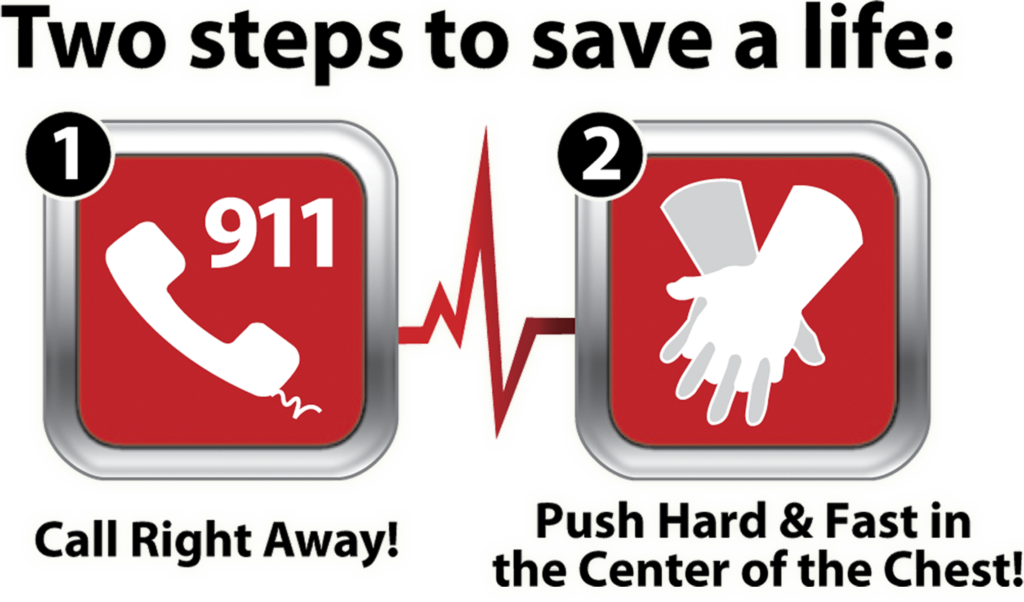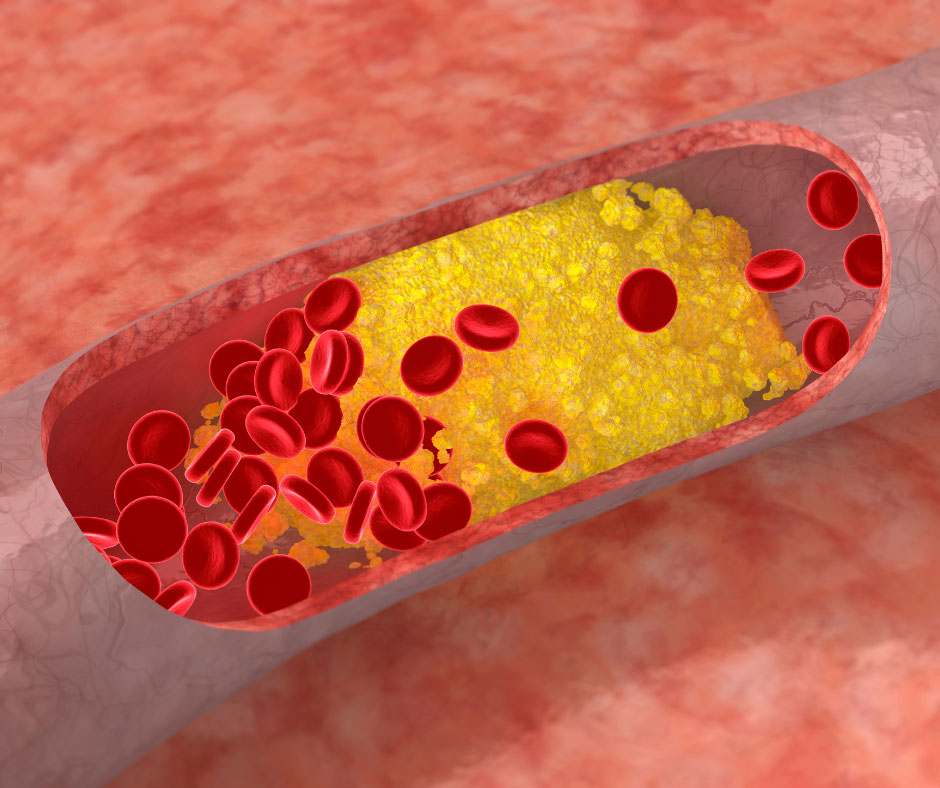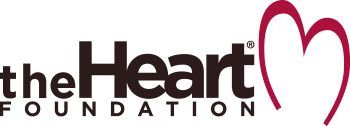Sudden cardiac arrest is a leading cause of death in adults. Cardiac arrest is an electrical malfunction in the heart that causes an irregular heartbeat (arrhythmia) and disrupts the flow of blood to the brain, lungs and other organs. The lack of oxygenated blood can cause brain damage in only a few minutes and a person could die within 8 to 10 minutes. According to the American Heart Association, about 90 percent of people who suffer cardiac arrest at home, at work or in a public location die because they don’t receive immediate CPR from someone on the scene.
CPR, or Cardiopulmonary Resuscitation, is a lifesaving technique that is used when someone’s breathing or heartbeat has stopped. CPR, especially if performed immediately, can double or triple a cardiac arrest victim’s chance of survival.
In emergency situations, such as in cardiac arrest or drowning, the American Heart Association recommends that everyone, untrained bystanders and medical personnel alike, begin with HANDS-ONLY CPR (chest compressions without mouth-to-mouth breaths). Even if you’re fearful that your knowledge or abilities aren’t 100 percent complete, it’s far better to do something than to do nothing at all. 75% of all cardiac arrests happen in people’s homes and the difference between doing something and doing nothing could be your loved one’s life. CPR can keep oxygenated blood flowing to the brain and other vital organs until more definitive medical treatment can restore a normal heart rhythm.
HANDS-ONLY CPR consists of two easy steps and is recommended for use by people who see a teen or adult suddenly collapse in an “out-of-hospital” setting, such as at home, at work or in a public location:
- Call 9-1-1 (or send someone to do that). When you call 911, you need to stay on the phone until the 911 dispatcher (operator) tells you to hang up. The dispatcher will ask you about the emergency and other details, like your location. It is important to be specific, especially if you’re calling from a mobile phone as that is not associated with a fixed location or address. Remember that answering the dispatcher’s questions will not delay the arrival of help.
- Push hard and fast in the center of the chest with minimal interruptions to the beat of any tune that is 100 to 120 beats per minute. People feel more confident performing Hands-Only CPR and are more likely to remember to push on the chest at a rate of 100 to 120 times per minute when they push to the beat of a familiar song. The Bee Gees’ classic disco song “Stayin’ Alive.” is 100 beats per minute – the minimum rate you should push on the chest during Hands-Only CPR. Other songs with 100 to 120 beats per minute include: “Crazy in Love” by Beyoncé featuring Jay-Z, “Hips Don’t Lie” by Shakira” or “I Walk the Line” by Johnny Cash.
The American Heart Association (AHA) states that any attempt to provide CPR to a victim is better than no attempt to provide help. Don’t be afraid to act in an emergency:
- Untrained: If you’re not trained in CPR, call 911, then provide HANDS-ONLY CPR. That means uninterrupted chest compressions 100 to 120 times a minute until paramedics arrive. You don’t need to try rescue breathing.
- Trained but rusty.If you’ve previously received CPR training but you’re not confident in your abilities, then just do HANDS-ONLY CPR -chest compressions at a rate of 100 to 120 a minute.
- Trained and ready to go.If you’re well-trained and confident in your ability, start CPR with 30 chest compressions before checking the airway and giving rescue breaths. The AHA recommends CPR with compressions and breaths for infants and children, and for victims of drowning, drug overdose, or people who have collapsed due to breathing problems.
LEARN HOW TO SAVE A LIFE:
Watch a 90-second Hands-Only CPR video. Hands-Only CPR is a natural introduction to CPR, and the AHA encourages everyone to learn conventional CPR as a next step. Click here to watch a Hands-Only CPR instructional video. Click here to watch the video in Spanish.
Watch a 22 minute video for more in depth CPR training: Click here to to learn about AHA’s 22-minute CPR Anytime™ program. The video is a very short CPR training program that you can do at home. It provides skills training and practice that can prepare you to perform high quality chest compressions.
Take a CPR class: Take an accredited first-aid training course, which includes CPR, rescue breaths, and how to use an automated external defibrillator (AED). CPR is a psychomotor skill. People who have had CPR training are more likely to give high-quality chest compressions and are more confident about their skills than those who have not been trained (or have not trained in the last 5 years). Click here to find a CPR class near you.
Learn CPR – you can save a life!
Sources:







